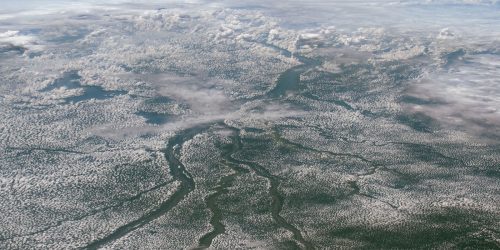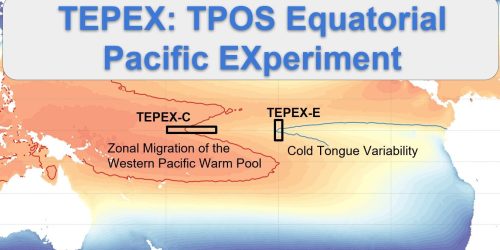

Their work, published in the journal Ocean Modeling, shows that AMOC variability occurred in three stages during the study period: steady and below the long-term mean through the 1970s, then an intensification through most of the 1990s, and finally a weakening trend through the end of the simulation. Their results complement other studies showing the strengthened AMOC in the middle period, which is connected to increased deep water formation in the North Atlantic.
The authors find that “simulated variability and trends are primarily dictated by the atmospheric datasets which include the influence of ocean dynamics from nature superimposed onto anthropogenic effects”. However, the existence of model differences in the spatial structure of the variability between hemispheres implies the need for continued study.
To access the full paper, visit: http://dx.doi.org/10.1016/j.ocemod.2015.11.007
New CVP-supported research reports on AMOC experiments for CORE-II











